See Pluto Through Telescope
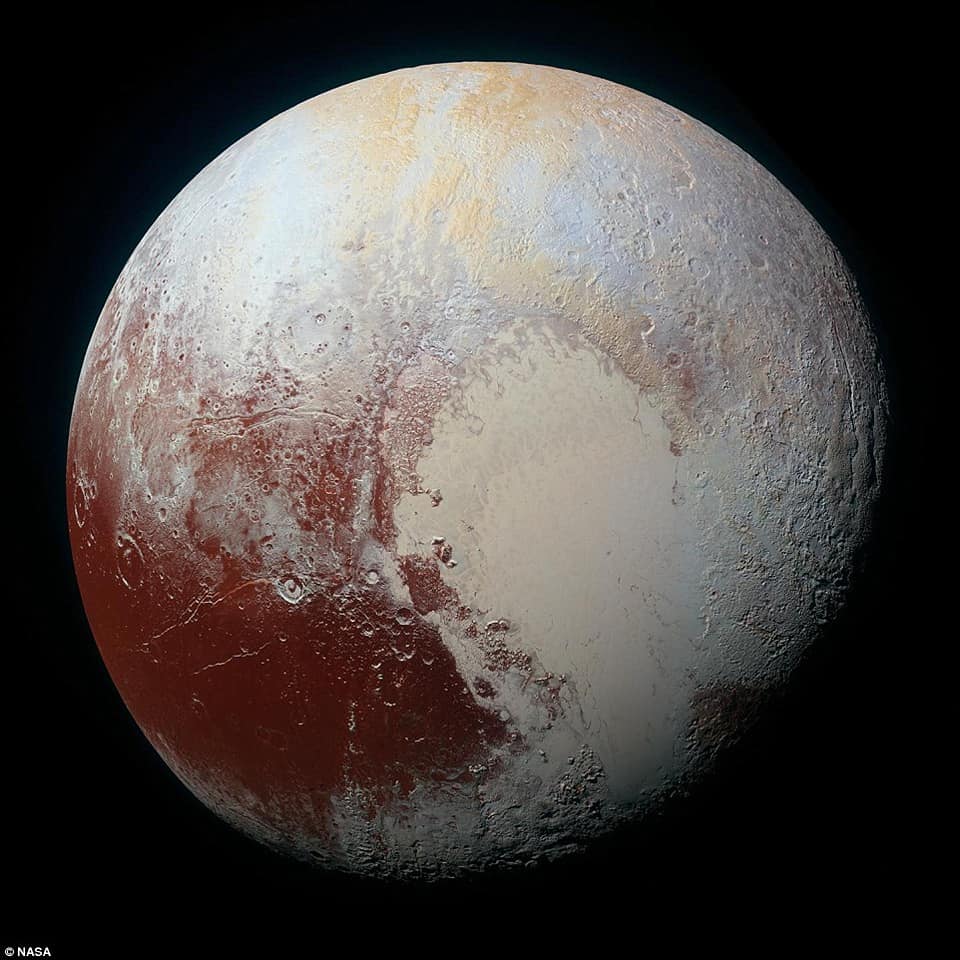
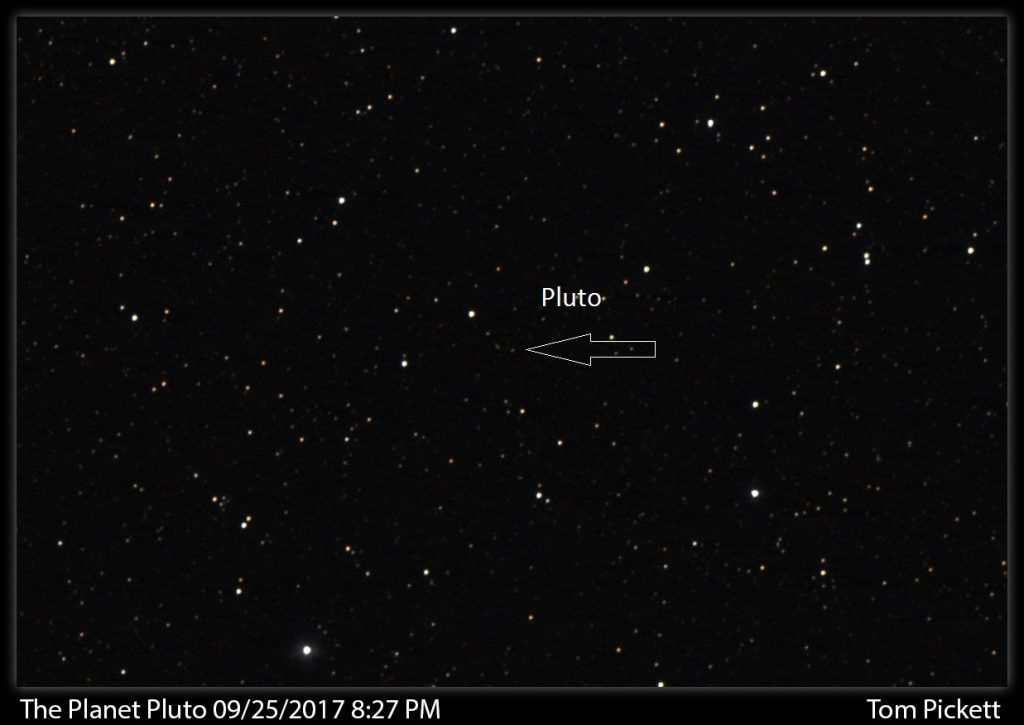
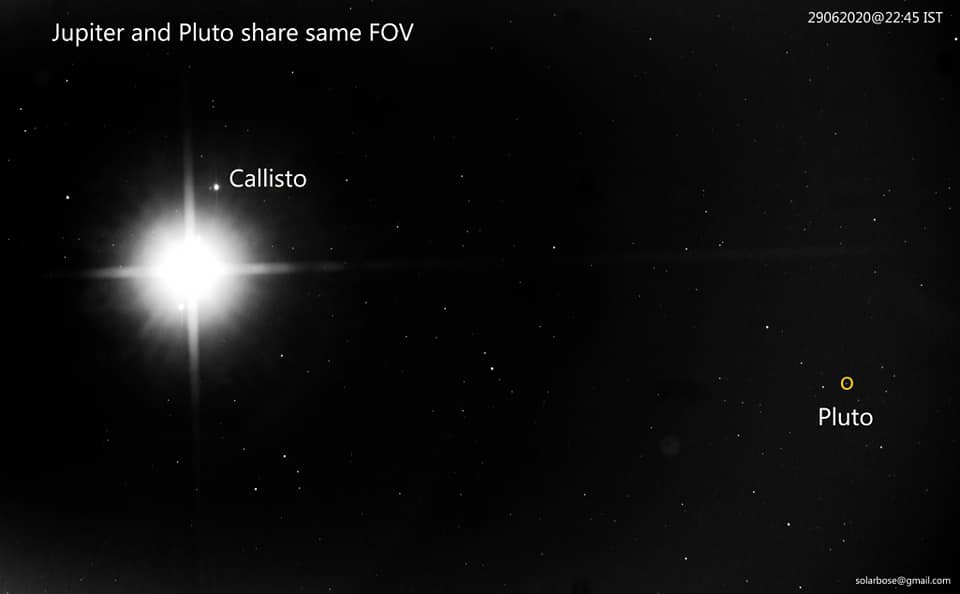
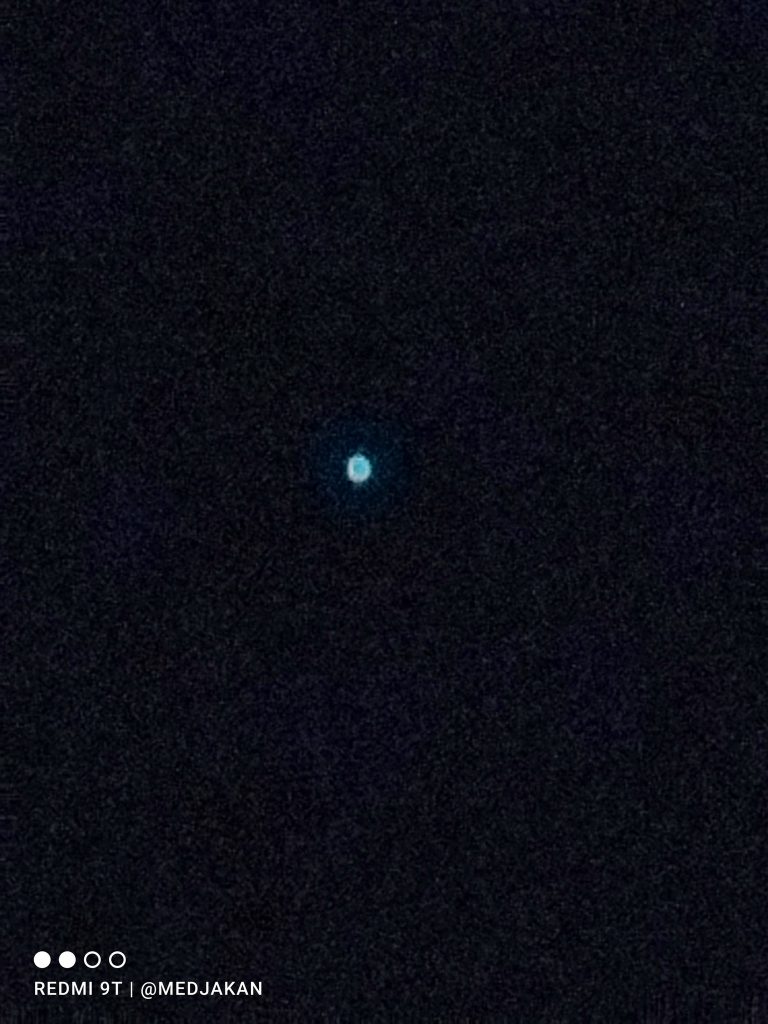
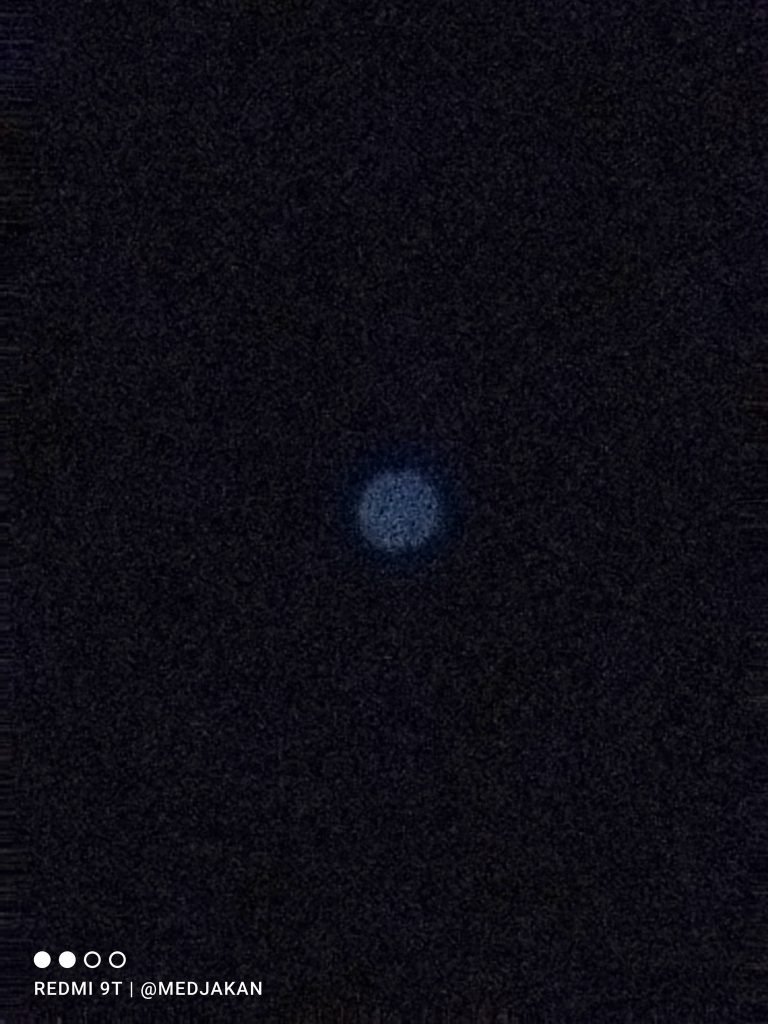
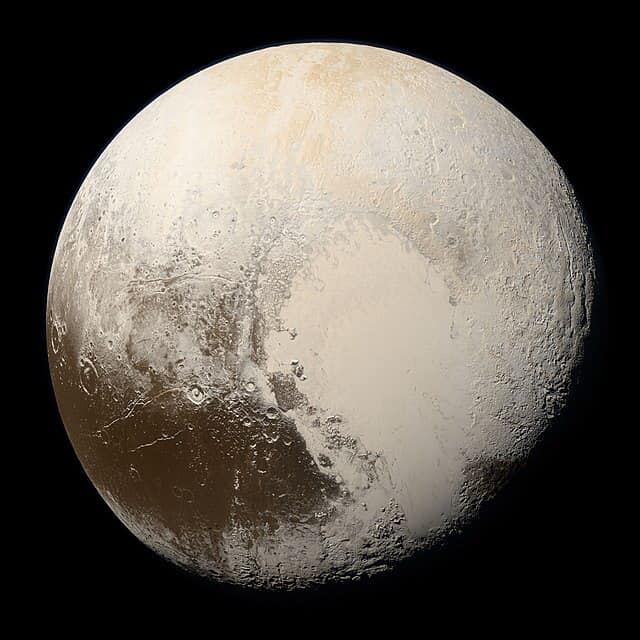
Pluto is a distant dwarf planet. Pluto can be seen with a telescope under specific conditions and with the right equipment, although it is not visible to the naked eye or with binoculars. Telescope with a significant aperture of at least 8-10 inches (20-25 cm) in diameter is required to spot Pluto. This size ensures enough light is gathered to make the faint object visible. Ideal viewing conditions include dark skies free from light pollution and a clear line of sight. Pluto will appear as a faint, star-like point of light due to its magnitude of 14.0 and immense distance from Earth.
When viewed through a telescope from Earth, Pluto appears as a faint, star-like point of light. Observing Pluto can be challenging for amateur astronomers due to its small size and immense distance. A telescope with an aperture of at least 8 inches is required, with larger telescopes offering better resolution and light-gathering capabilities. Pluto’s apparent diameter is about 0.1 arcseconds, making it an extremely small and faint object to observe. Its visual magnitude is around 14, making it about 400,000 times fainter than the faintest star visible to the naked eye. The color of Pluto, as seen through a telescope, appears to be pale yellow or beige.
The best telescopes for viewing Pluto are reflector or refractor telescopes with an aperture of at least 8-10 inches. Larger aperture telescopes offer better resolution and light-gathering capabilities for spotting Pluto. Some of the best telescopes for seeing Pluto include the Sky-Watcher SkyMax 180 Pro Maksutov, the Celestron Astro Fi 5 Schmidt-Cassegrain Wi-Fi system, and the Orion SpaceProbe 130ST Equatorial Reflector Telescope. Observing from dark skies with minimal light pollution and ideal viewing conditions is necessary to increase the chances of successfully observing Pluto.
The best time to look at Pluto through a telescope is when it is at opposition, an event that occurs every 13.86 Earth months. During opposition, Pluto is positioned on the opposite side of the Earth from the Sun, making it most visible in the night sky. The optimal viewing period for Pluto extends from mid-June to mid-October. During this period, Pluto is highest in the sky, and the sky is at its darkest. Pluto’s brightness peaks at a magnitude of around 13.8-14.2, making it a very dim object, visible only through a telescope. Patience and time are essential for viewing Pluto, as it moves very slowly across the sky.
Can you see Pluto with a telescope?
Yes, you can see Pluto with a telescope. Pluto is a distant dwarf planet. With the aid of a suitable telescope, it is possible to spot this celestial body.
To see Pluto, you need a telescope with an aperture of at least 8-10 inches (20-25 cm) in diameter. This is necessary to gather enough light to make the faint, distant object visible. Ideal viewing conditions are crucial, including dark skies free from light pollution and a clear line of sight. A detailed star map is recommended to help locate Pluto’s position among the many other celestial bodies. Even with these conditions met, Pluto will appear as a faint, star-like point of light due to its magnitude of 14.0 and immense distance from Earth.
Historically, Pluto was first observed by Clyde Tombaugh in 1930. Tombaugh used a 13-inch (33 cm) telescope at the Lowell Observatory in Flagstaff, Arizona, to make this groundbreaking discovery. Modern amateur telescopes with sufficient aperture can detect Pluto, as demonstrated by Andy Briggs. While the Hubble Space Telescope provides the clearest images of Pluto, it is not necessary to use such advanced equipment to simply see it.
Can you see Pluto without a telescope?
Pluto cannot be seen from Earth with the naked eye. Its extreme distance and small size make it an impossible task for even the most keen-eyed observers to spot it without the aid of a telescope.
The reason why we can’t see Pluto without telescope is it’s a very faint and distant object. Its maximum apparent magnitude is around 13.65. This is significantly fainter than the faintest stars visible to the naked eye, which have a magnitude of approximately 6. Pluto is about 1,000 times fainter than the faintest star that can be seen without a telescope.
Even with the assistance of small telescopes or binoculars, Pluto remains unseen. To catch a glimpse of this distant world, a telescope with an aperture of at least 8 inches is required. Pluto will appear as nothing more than a faint, star-like object. Its large moon, Charon, is even more challenging to see, requiring telescopes with apertures of 20 inches or larger.
What does Pluto look like with a telescope?
Pluto is the dwarf planet located in the Kuiper Belt beyond Neptune. Pluto appears as a faint, star-like point of light when viewed through a telescope from Earth. Due to its small size and immense distance from our planet, observing Pluto can be quite challenging for amateur astronomers.
Pluto’s apparent diameter is about 0.1 arcseconds, which is roughly 1/9000th the size of the Moon in the sky. This makes Pluto an extremely small and faint object to observe. Its visual magnitude is around 14, making it about 400,000 times fainter than the faintest star visible to the naked eye.
The color of Pluto appears to be pale yellow or beige as seen through a telescope. This coloration is due to the presence of methane and nitrogen ices on its surface. High-resolution telescopes and advanced imaging techniques can reveal surface features of Pluto, such as the heart-shaped region named Tombaugh Regio.
What telescope to see Pluto?
The best telescope for viewing Pluto is a reflector or refractor telescope with an aperture of at least 8-10 inches (20-25 cm) in diameter. This size is crucial because Pluto is a small and dim object located far away. A larger aperture telescope, ideally 11 inches or more, increases the chances of spotting Pluto and offers better resolution and light-gathering capabilities.
Some of the best telescopes for seeing Pluto include the Sky-Watcher SkyMax 180 Pro Maksutov, the Celestron Astro Fi 5 Schmidt-Cassegrain Wi-Fi system, and the Orion SpaceProbe 130ST Equatorial Reflector Telescope. These telescopes are known for their excellent light-gathering capabilities and high-quality optics, making them suitable for observing faint objects like Pluto. Other examples of suitable telescopes include the Celestron NexStar 130SLT with a 130mm (5.1 inches) aperture, the Meade Instruments Infinity 102mm AZ Refractor Telescope with a 102mm (4 inches) aperture, and the Orion 8945 SkyQuest XT8 with a 203mm (8 inches) aperture.
What magnification to see Pluto?
The recommended magnification for observing Pluto is between 200-250x, allowing it to be seen as more than just a point of light.
The aperture of the telescope plays a crucial role in the visibility of Pluto. A telescope with an aperture of at least 8-10 inches (20-25 cm) is necessary for observing this distant world. For better visibility and a more detailed view, a larger aperture of 16-20 inches (40-50 cm) is highly recommended.
Pluto, with a magnitude of +14.4, is a very dim object in the night sky. Higher magnification is required to distinguish it from nearby stars. The optimal magnification range for viewing faint objects like Pluto is 20x to 30x per inch of aperture, a standard used by experienced planetary observers.
There are limitations to the magnification that can be effectively used, both due to the telescope’s capabilities and atmospheric conditions. The maximum useful magnification for any telescope is around 150x, but for observing Pluto, higher magnifications (200-300x) are needed. Atmospheric seeing conditions can limit the effective magnification.
Pluto will appear as a small, faint, and distant disk at the recommended magnification. This is a significant improvement over seeing it as just a point of light. With the best equipment and viewing conditions, Pluto remains a challenging object to observe due to its small size and great distance from Earth.
When is the best time to look at Pluto through a telescope?
The best time to look at Pluto through a telescope is when it is at opposition. This celestial event occurs every 13.86 Earth months, as per the research of Marsden (1981) and Brown (2017). Pluto is positioned on the opposite side of the Earth from the Sun during opposition, making it most visible in the night sky. Pluto reaches opposition around July 4 at 7:49 UTC, providing an excellent opportunity for stargazers to catch a glimpse of this distant dwarf planet.
The optimal viewing period for Pluto extends from mid-June to mid-October. During this period, Pluto is highest in the sky, and the sky is at its darkest, according to NASA (2020). These conditions significantly improve the chances of seeing Pluto. Pluto’s brightness peaks at a magnitude of around 13.8-14.2, as per Buie (2015) and the Hubble Space Telescope (2020). This magnitude makes Pluto a very dim object, visible only through a telescope.
Telescope with an aperture of at least 8-10 inches (20-25 cm) is required to see Pluto, as suggested by Stern (2005). For suburban areas with moderate light pollution, larger telescopes are needed to spot this faint, star-like point of light. Pluto is best viewed in the evenings from January 1 and is well placed for viewing around 1 am local time at mid-month. Patience and time are essential for viewing Pluto, as it moves very slowly across the sky.
